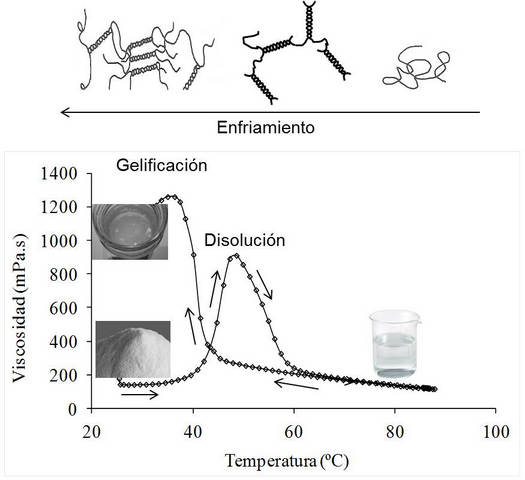CONSOLIDATION OF CERAMICS THROUGH POLYSACCHARIDES GELATION
Abstract
Near-net shaping of ceramics is a key step in ceramic processing, because in this step a mass of powder is transformed into a piece with the desired geometry and size. During consolidation many defects can be introduced in the piece, so that the control of any stage is necessary to reduce or avoid the presence of defects. The gelation of polysaccharides constitutes one the most interesting consolidation mechanisms for shaping of ceramics due to the relative simplicity of the method, the use of water as liquid medium and the low concentration of additives necessary to obtain the bodies. In this work the main applications of polysaccharides in ceramic manufacturing through a gelation mechanism are reviewed. The chemical structure of the most common polysaccharides and their gelation mechanisms are described, including those yielding chemical gelation, as in the case of alginates in the presence of divalent ions, as well as polysaccharides that gel by a temperature change, either on heating as in cellulose derivatives, or on cooling, as in the case of agar derivatives and carrageenans. The influence of other polysaccharides used for their thickening properties but having an important synergy with gelling polysaccharides is also analyzed. In addition to the structure and the basic gelation mechanisms, several examples showing the influence of polysaccharides on the rheology and shaping of ceramic slurries are presented.Downloads

Downloads
Published
How to Cite
Issue
Section
License
The authors of papers accepted for publication by the RLMM, should recognize the complete transfer of copyright (in all languages) to the RLMM. This transfer includes the right by the RLMM to adapt the article for digital or printed reproduction without altering the written content and information displayed in tables or figures within. The authors retain the copyright and guarantee the journal the right to be the first publication of the work as well as licensed under a Creative Commons Attribution License 4.0 Internacional (CC BY 4.0) which allows others to share the work with an acknowledgment of the authorship of the work and the initial publication in this journal.



